Home>Articles>What Causes A Light Bulb To Burn Out Immediately
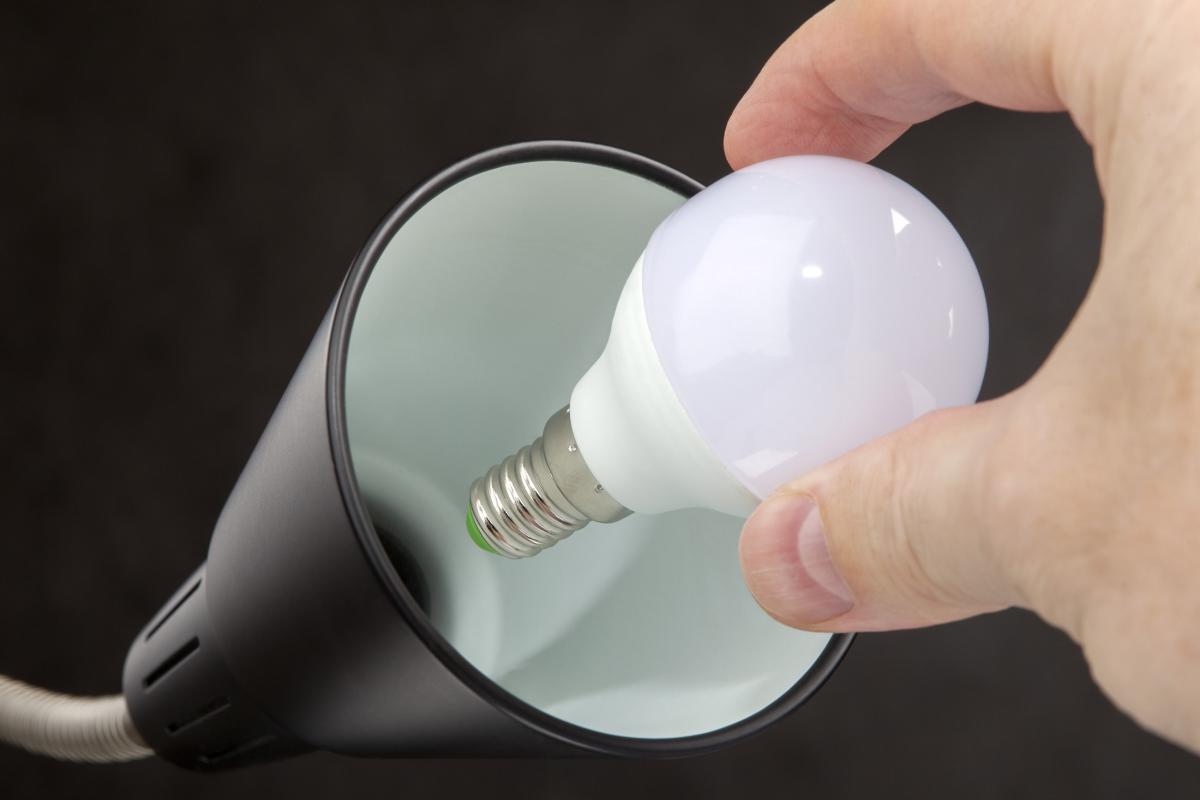

Articles
What Causes A Light Bulb To Burn Out Immediately
Modified: December 7, 2023
Learn about what causes a light bulb to burn out immediately with our informative articles. Find out why your bulbs may be failing and how to prevent it.
(Many of the links in this article redirect to a specific reviewed product. Your purchase of these products through affiliate links helps to generate commission for Storables.com, at no extra cost. Learn more)
Introduction
A light bulb is an essential part of our daily lives, providing us with the much-needed illumination to carry out various tasks. However, it can be frustrating when a light bulb burns out immediately after being installed. You may find yourself constantly replacing bulbs, which not only adds to the inconvenience but also increases the cost of maintaining your lighting fixtures.
Understanding the reasons behind this issue can help you identify the underlying causes and take necessary steps to prevent it from happening in the future. In this article, we will explore the common factors that can lead to a light bulb burning out immediately and offer possible solutions to address them.
Key Takeaways:
- Avoid immediate burnouts by using bulbs with recommended wattage, protecting from voltage fluctuations, and choosing high-quality, reputable brands for longer-lasting illumination.
- Handle bulbs with care, minimize exposure to excessive heat and vibrations, and consider using LED bulbs to extend the lifespan of your lighting system.
Read more: How To Tell If Halogen Bulb Is Burned Out
Overloading the Bulb
One of the most common reasons for a light bulb to burn out immediately is overloading. This occurs when you use a bulb with wattage that exceeds the maximum recommended wattage for the fixture. Each lighting fixture has a specific wattage limit, which indicates the maximum amount of power it can safely handle.
When you exceed this limit by using a higher wattage bulb, it puts excessive stress on the bulb’s filament, causing it to burn out quickly. Additionally, overloading the bulb can also lead to overheating of the fixture, posing a fire hazard.
To avoid overloading the bulb, always check the recommended wattage for your lighting fixtures and use bulbs that match or are below that maximum wattage. It is also essential to ensure that all the bulbs in a multi-bulb fixture have the same wattage to maintain an even load distribution.
Voltage Fluctuations
Another factor that can cause a light bulb to burn out immediately is voltage fluctuations. Voltage refers to the electrical potential difference in a circuit, and it is crucial for the proper and efficient functioning of electrical devices, including light bulbs.
If the voltage supplied to the light bulb is not consistent, it can have a detrimental effect on its lifespan. High voltage can cause the filament to heat up excessively, leading to premature failure. On the other hand, low voltage can result in insufficient heat, causing the filament to become weak and susceptible to breakage.
Several factors can contribute to voltage fluctuations, such as faulty wiring, power surges, and inadequate electrical supply. To address this issue, consider installing voltage stabilizers or surge protectors in your electrical system. These devices help regulate and stabilize the voltage, protecting your light bulbs and other electrical appliances.
In addition, it’s essential to ensure that your electrical system is in good condition and free from any wiring faults. Regular maintenance and inspections by a licensed electrician can help identify and rectify any voltage-related issues.
Poor Quality Bulbs
The quality of the light bulb you choose can significantly impact its lifespan. Poor quality bulbs are more likely to burn out quickly compared to higher-quality ones. These low-quality bulbs are often manufactured using substandard materials and may have manufacturing defects.
When purchasing light bulbs, it’s essential to opt for reputable brands and trusted manufacturers. While these bulbs may be slightly more expensive, they are generally built to higher standards and undergo strict quality control measures.
Additionally, be cautious of purchasing bulbs from unknown or unreliable sources. Counterfeit or cheaply-made bulbs may not meet safety regulations and can have inferior components that contribute to premature burnouts.
Inspecting the packaging and ensuring it bears certification marks, such as the UL (Underwriters Laboratories) mark, can give you confidence in the bulb’s quality and safety standards. Taking the time to research and invest in reliable bulbs can save you money in the long run by reducing the frequency of bulb replacements.
Improper Installation or Handling
Improper installation or handling of light bulbs can also lead to premature burnouts. When installing a new bulb, it’s crucial to handle it with care and follow the manufacturer’s instructions.
One common mistake is touching the bulb with bare hands. The natural oils on our skin can transfer onto the bulb’s surface, causing hot spots when the bulb is turned on. These hot spots can weaken the filament and result in a shorter lifespan for the bulb. To avoid this issue, use a clean cloth or wear gloves when handling bulbs.
In addition to proper handling, correct installation is essential for the longevity of the bulb. Ensure that the bulb is securely screwed into the socket, but avoid over-tightening, as it can damage the bulb or the socket. If the bulb is not seated properly, it may have improper contact, leading to flickering or even burning out quickly.
Furthermore, avoid disturbing or jostling the bulb unnecessarily. Frequent vibrations or movements can cause the filament to break and result in a burned-out bulb. If you’re using light fixtures in areas prone to excessive vibrations, such as ceiling fans, consider using vibration-resistant bulbs or adding additional support to the fixture to minimize movement.
By handling bulbs with care and ensuring proper installation, you can significantly increase their lifespan and reduce the occurrence of immediate burnouts.
Check for a loose connection in the socket or a faulty fixture. Also, make sure the wattage of the bulb matches the fixture’s rating. If the issue persists, consider consulting an electrician.
Read more: What Causes Grass To Thin Out
Excessive Heat
Excessive heat is another factor that can contribute to a light bulb burning out immediately. When bulbs are exposed to high temperatures, it puts a strain on their components and accelerates their deterioration.
One common cause of excessive heat is using bulbs in fixtures that are not designed to dissipate heat effectively. Some lighting fixtures have poor ventilation or are placed in enclosed spaces, trapping heat and causing the bulb to overheat. This can lead to a shortened lifespan and premature burnout.
Heat can also be generated by surrounding environmental factors, such as sunlight or proximity to other heat-generating sources like radiators or ovens. If your light fixtures are consistently exposed to high temperatures, consider using heat-resistant bulbs or replacing the fixture with one specifically designed to handle the heat.
Additionally, it’s important to choose the right wattage for your fixtures. Using higher wattage bulbs than what the fixture is rated for can generate excessive heat and increase the chances of immediate burnout.
Proper ventilation and avoiding excessive heat exposure are key to preventing premature bulb failures due to overheating. Ensure that your lighting fixtures have adequate airflow and consider using LED bulbs, as they generate less heat compared to traditional incandescent bulbs.
Vibration or Mechanical Shock
Vibration or mechanical shock can also cause a light bulb to burn out immediately. This is particularly common in fixtures that are located in areas with high levels of vibration, such as near heavy machinery or in rooms with frequent foot traffic.
When a light bulb is subjected to constant vibration or sudden mechanical shocks, it can loosen the filament or cause it to break, resulting in a burned-out bulb. This is especially true for incandescent bulbs, as they have a delicate filament that is more susceptible to damage.
To address this issue, consider using more durable bulbs that are specifically designed to withstand vibrations, such as rough service bulbs or vibration-resistant bulbs. These types of bulbs have reinforced filaments and stronger components that can endure the stress of constant shaking.
In addition to selecting the right bulb, it’s important to properly secure and stabilize the fixture. Make sure that the fixture is securely mounted and that any loose components, such as screws or brackets, are tightened. If needed, you can also add additional support or padding to minimize the impact of vibrations.
By mitigating vibrations and mechanical shocks, you can extend the lifespan of your light bulbs and reduce the frequency of immediate burnouts.
Filament Damage
The filament is a crucial component of incandescent and halogen light bulbs. It is responsible for producing light when electricity passes through it. However, the filament can be vulnerable to damage, leading to immediate burnouts.
One common cause of filament damage is frequent on-off cycling. Turning the light bulb on and off frequently can cause thermal stress on the filament, making it more susceptible to breakage. This is particularly true for incandescent bulbs, as their filaments are delicate and can be easily weakened over time.
To mitigate filament damage from frequent on-off cycling, consider using energy-efficient bulbs such as compact fluorescent lamps (CFLs) or light-emitting diodes (LEDs). These bulbs are more resilient and have a longer lifespan compared to incandescent bulbs. They are designed to handle frequent switching without compromising their performance or longevity.
In addition to cycling stress, rough handling or accidental impacts can also damage the filament. Dropping a bulb or shaking it vigorously can cause the filament to break, resulting in an immediate burnout. It’s important to handle light bulbs with care and avoid any unnecessary roughness.
If you frequently encounter filament damage issues, you may want to consider using alternative lighting technologies that do not rely on filaments. LED bulbs, for example, are highly durable and have no fragile components that can easily break. They are also more energy-efficient and have a significantly longer lifespan.
By being mindful of filament damage and using appropriate lighting technologies, you can minimize the occurrence of immediate burnouts and extend the life of your light bulbs.
Electrical Surges
Electrical surges are sudden increases in voltage that can occur in your electrical system. These surges can be caused by lightning strikes, power grid fluctuations, or faulty electrical equipment. While most electrical devices are built to withstand small voltage fluctuations, severe surges can damage sensitive components, including the filaments in light bulbs.
When a light bulb is exposed to an electrical surge, it can cause the filament to weaken or break, resulting in an immediate burnout. Additionally, surges can also damage other components in the lighting fixture or the electrical wiring, leading to further issues.
To protect your light bulbs from electrical surges, consider installing surge protectors or power conditioners. These devices are designed to suppress and divert excessive voltage spikes, ensuring a stable and safe power supply to your appliances and light fixtures.
It’s also important to have your electrical system inspected by a professional electrician. They can identify any potential issues in the wiring or grounding of your home and provide guidance on surge protection measures.
If you live in an area prone to lightning strikes or experience frequent power surges, you may want to consider using LED bulbs. LED bulbs have a built-in surge protection mechanism that helps safeguard them from voltage spikes.
By taking proactive measures to protect your light bulbs from electrical surges, you can avoid immediate burnouts and maintain a reliable and long-lasting lighting system.
Read more: What Is A Light Bulb
Conclusion
Understanding the various factors that can cause a light bulb to burn out immediately is crucial in maintaining a reliable and efficient lighting system. By addressing these issues, you can extend the lifespan of your bulbs, reduce the frequency of replacements, and save money in the long run.
Overloading the bulb with higher wattage, voltage fluctuations, poor quality bulbs, improper installation or handling, excessive heat, vibration or mechanical shock, filament damage, and electrical surges are all potential culprits behind immediate burnouts.
To prevent overloading, always use bulbs with wattage that is within the recommended range for the fixture. Be mindful of voltage fluctuations and consider using surge protectors to safeguard the bulbs from power spikes. Select high-quality bulbs from reputable brands to ensure longevity and reliability.
Handle bulbs with care, avoiding touching the surface with bare hands, and securely install them in the socket. Minimize exposure to excessive heat and vibrations, and opt for bulbs specifically designed to handle these conditions if necessary. Consider using LED bulbs for their durability and energy efficiency.
In conclusion, by paying attention to these factors and taking necessary precautions, you can prolong the lifespan of your light bulbs, enhance your lighting experience, and reduce the frustration of immediate burnouts. Invest in quality bulbs, handle them with care, and create a stable and safe electrical environment to enjoy long-lasting and efficient illumination.
Remember, a well-maintained lighting system not only improves the ambiance of your spaces but also contributes to energy conservation and cost savings in the long run.
Frequently Asked Questions about What Causes A Light Bulb To Burn Out Immediately
Was this page helpful?
At Storables.com, we guarantee accurate and reliable information. Our content, validated by Expert Board Contributors, is crafted following stringent Editorial Policies. We're committed to providing you with well-researched, expert-backed insights for all your informational needs.
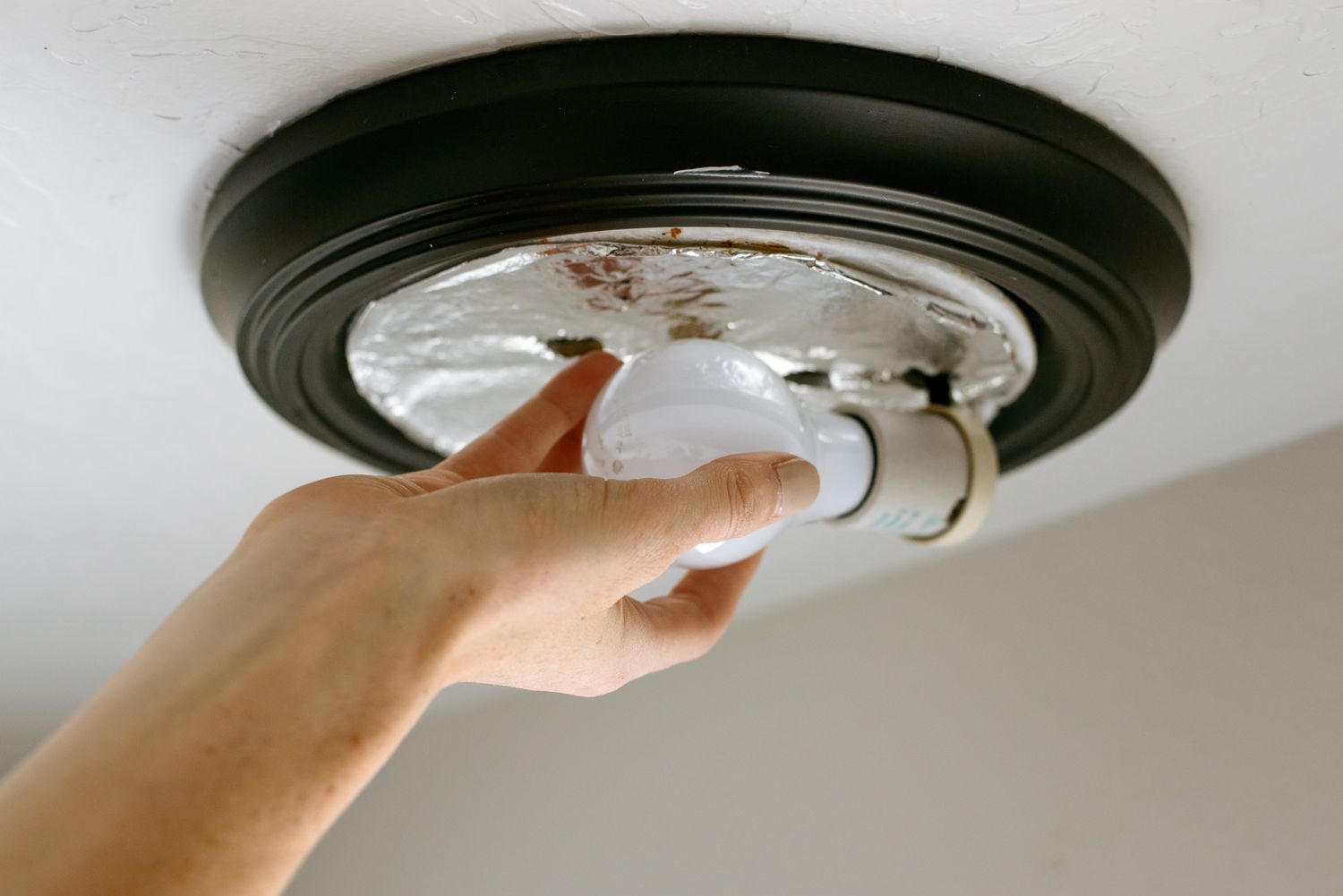

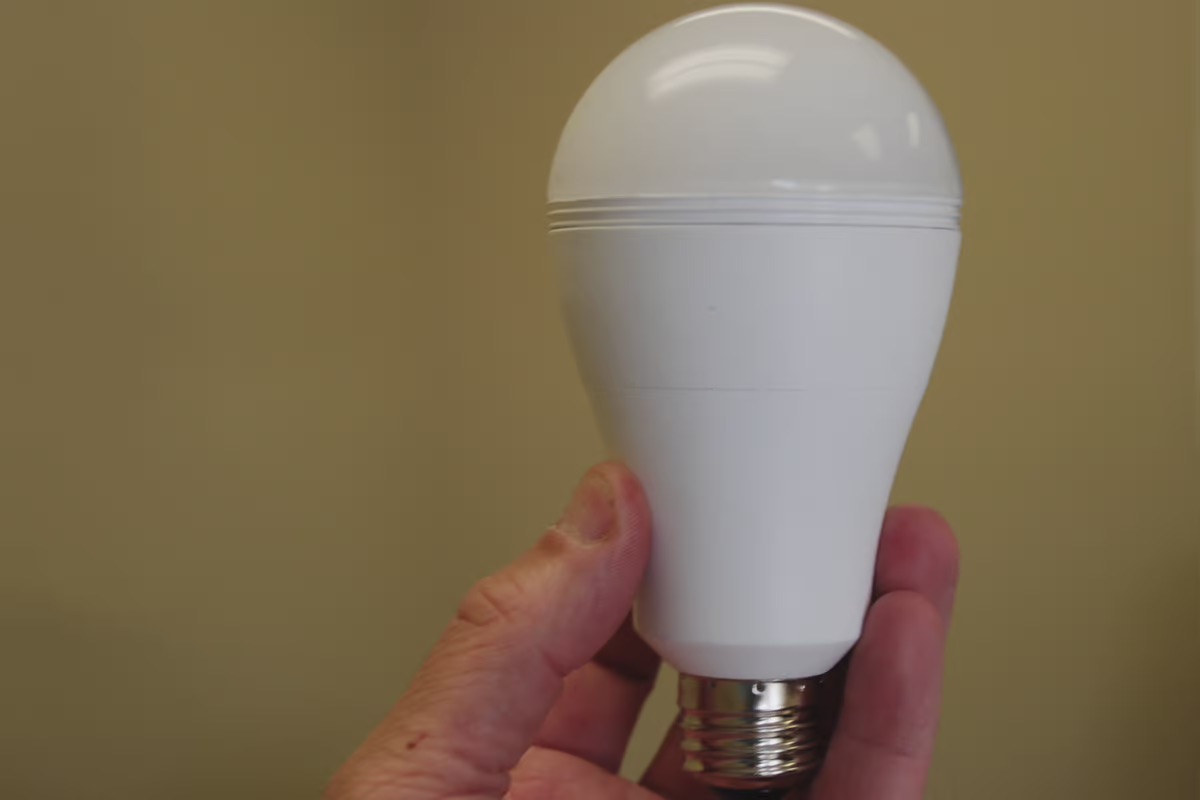
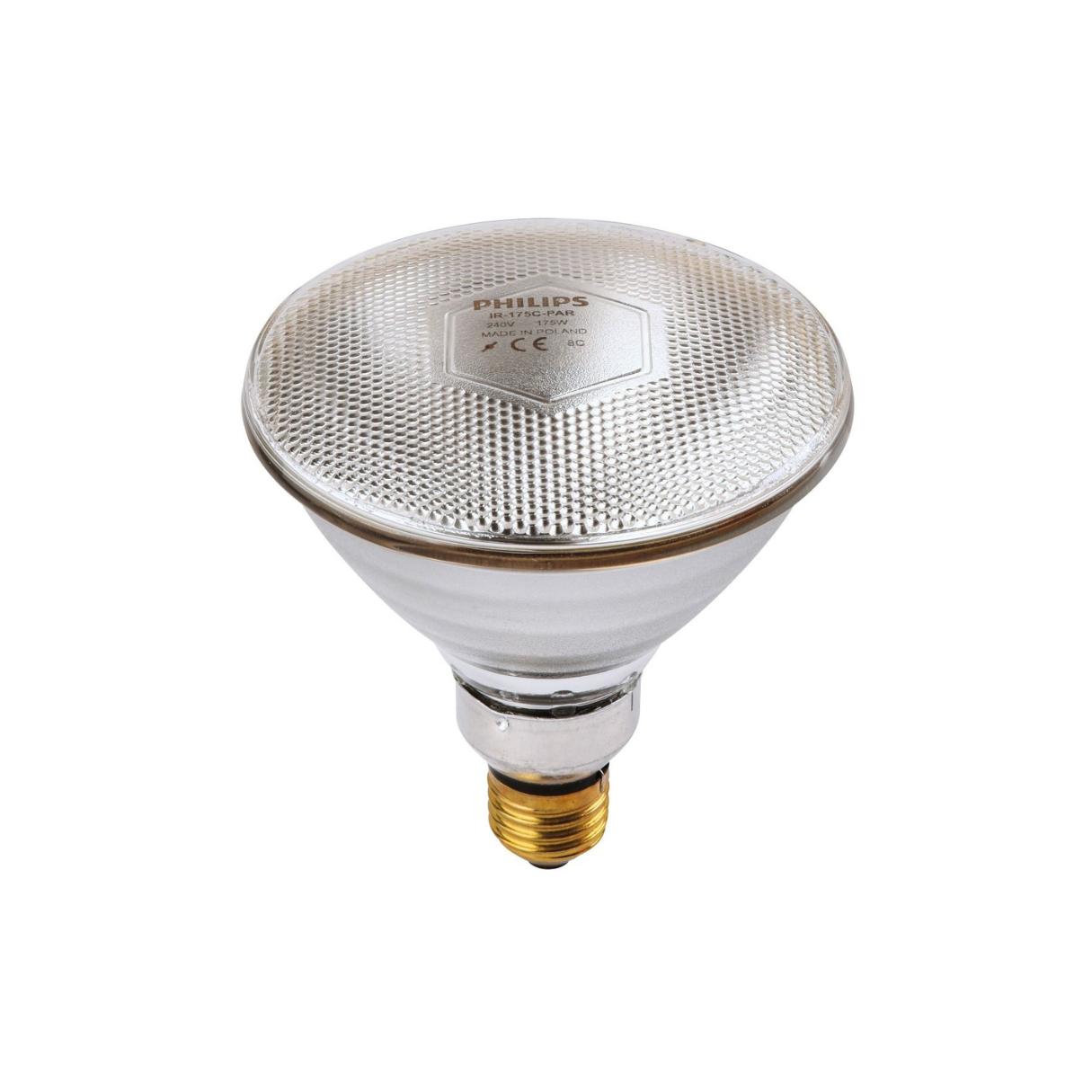
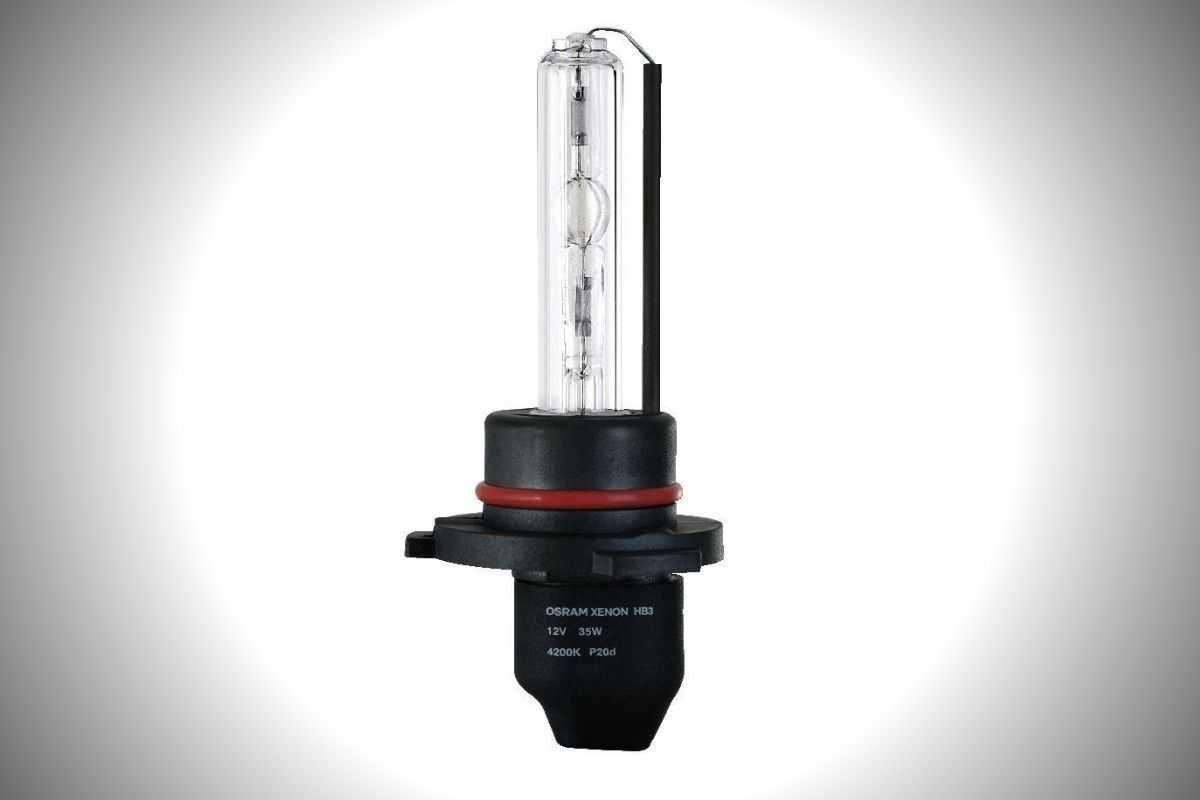


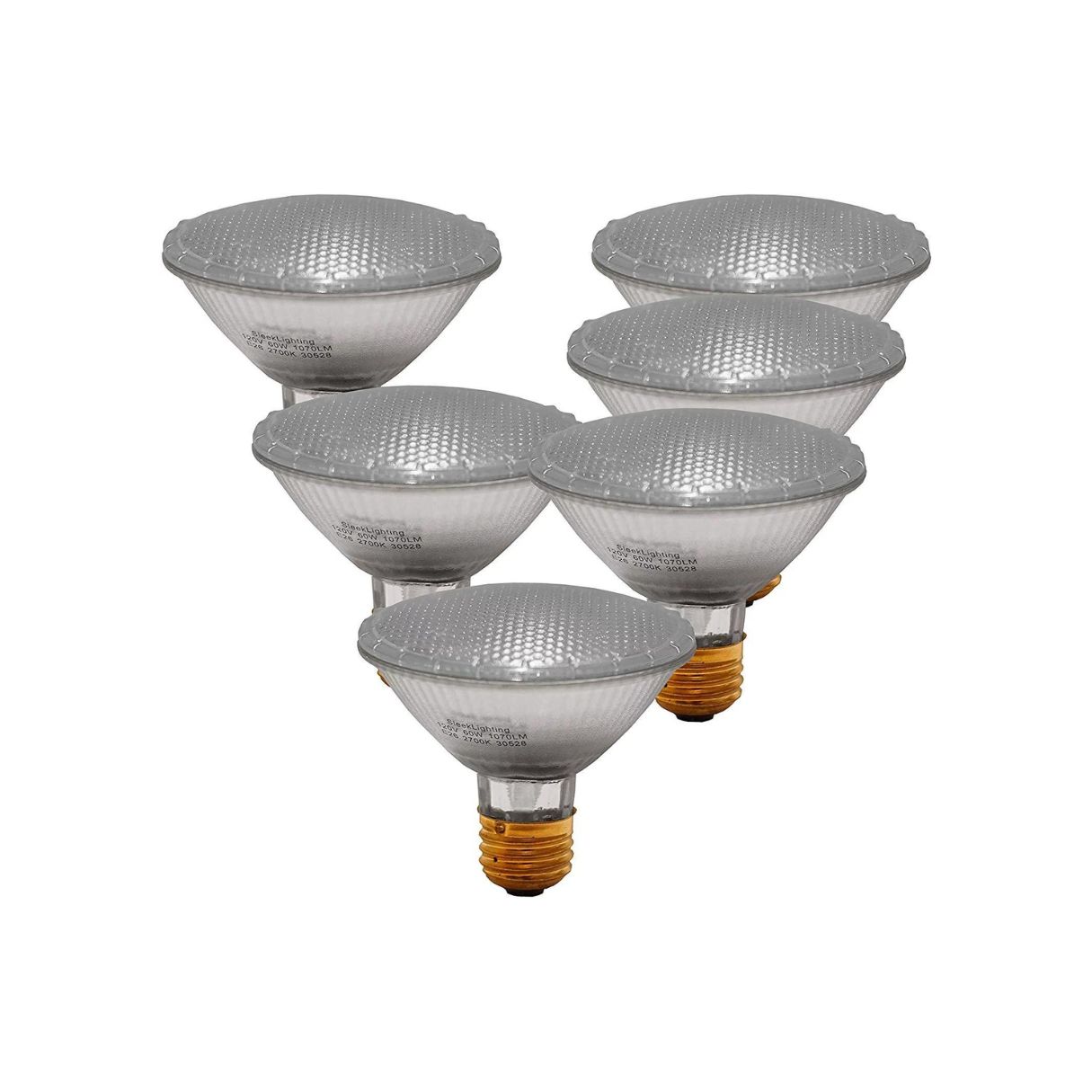
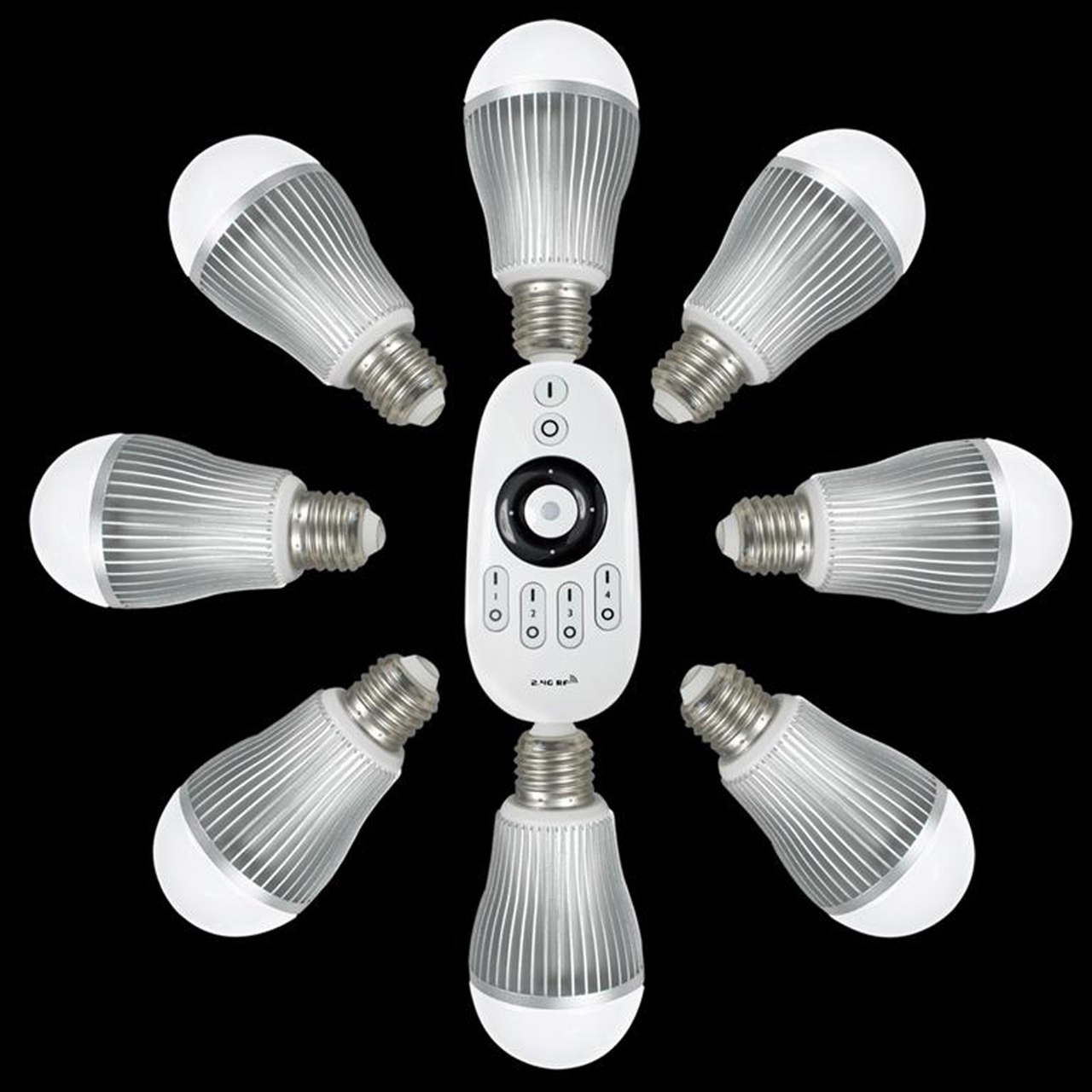
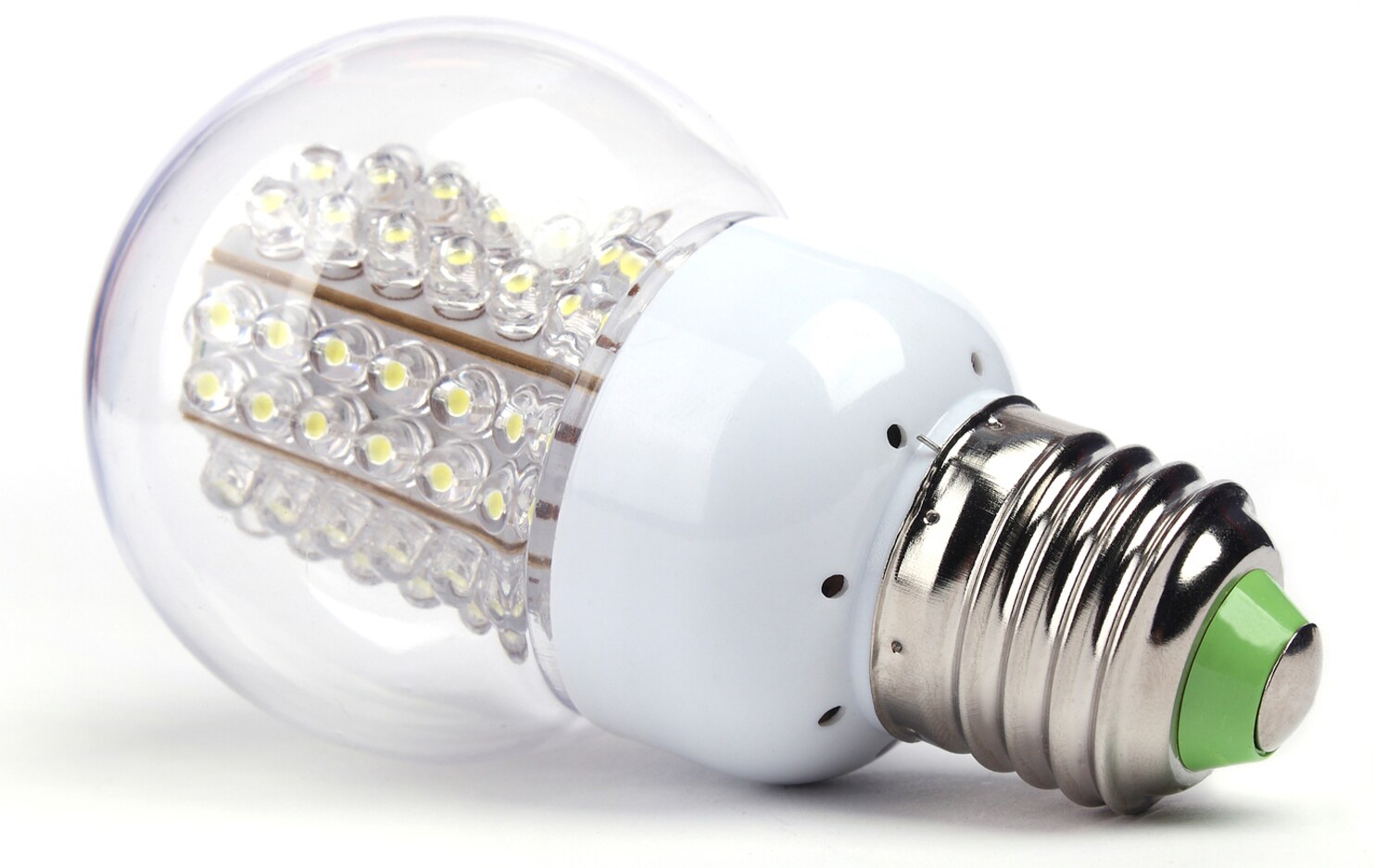
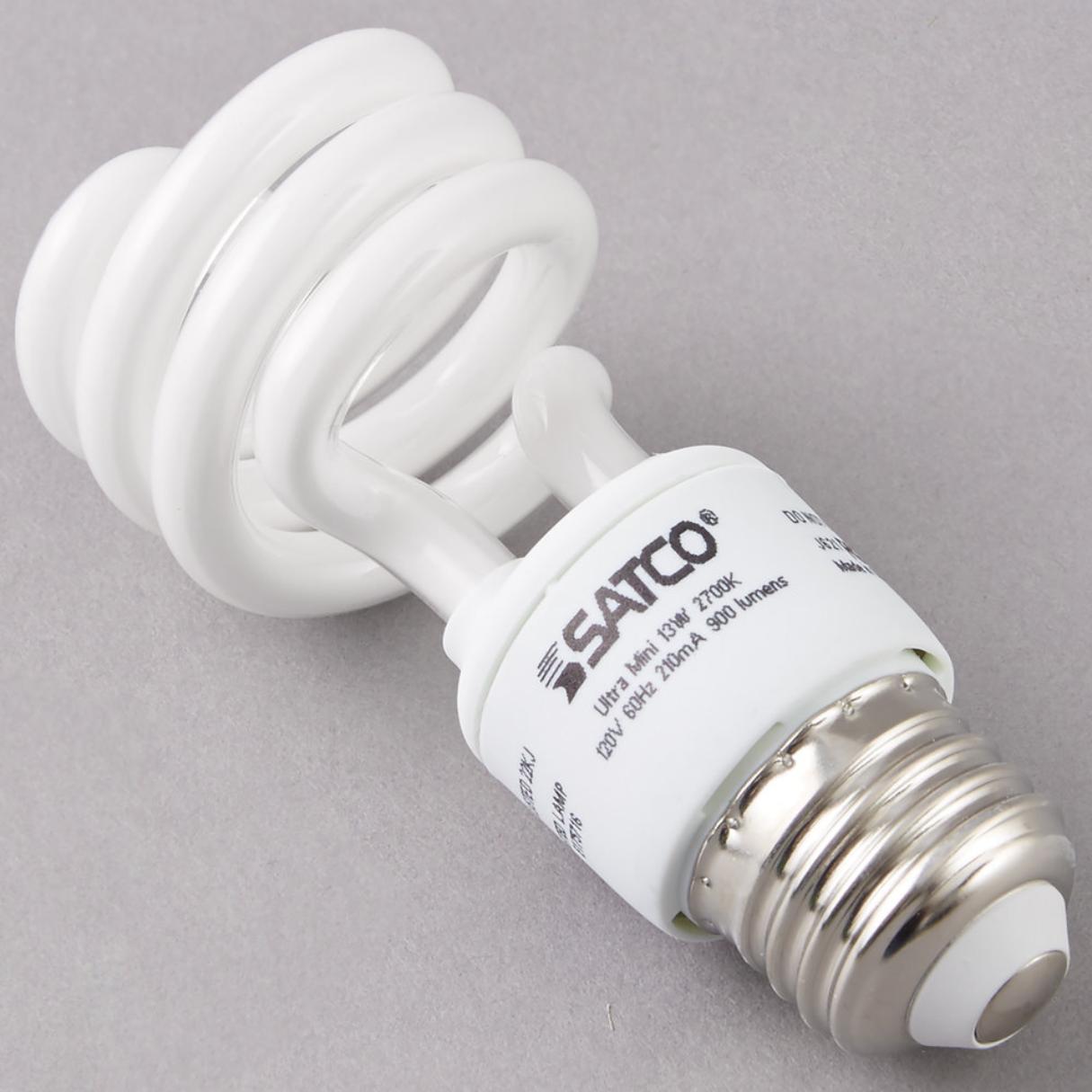
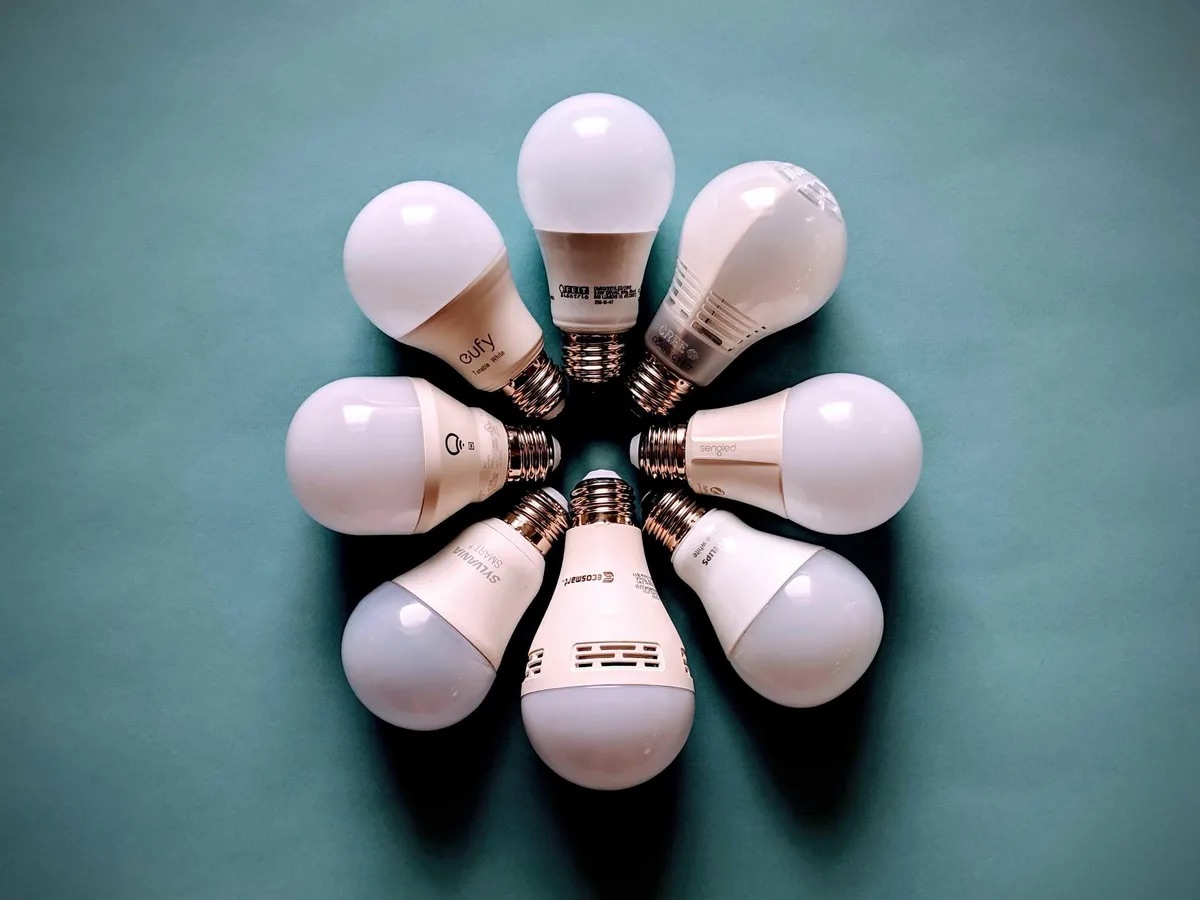
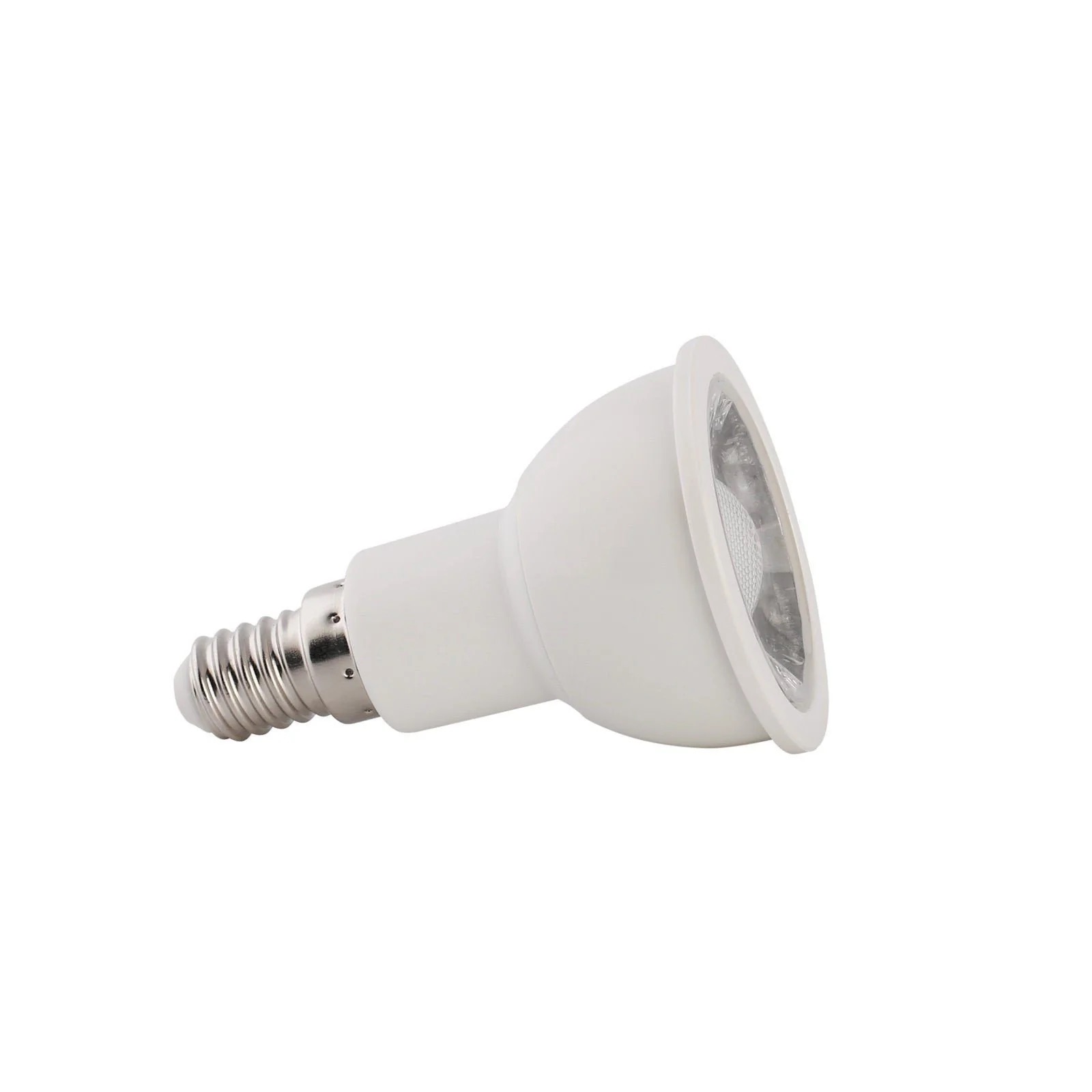

0 thoughts on “What Causes A Light Bulb To Burn Out Immediately”